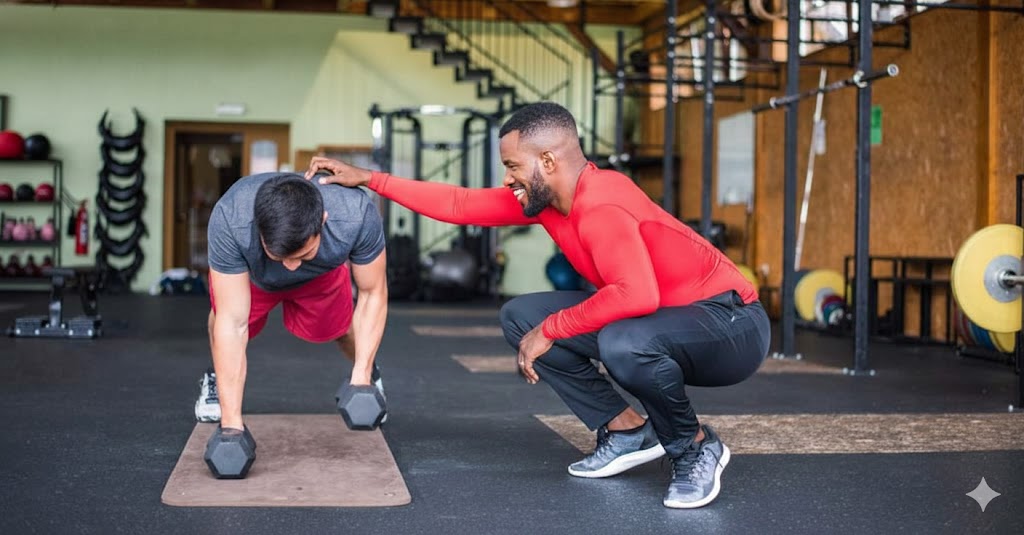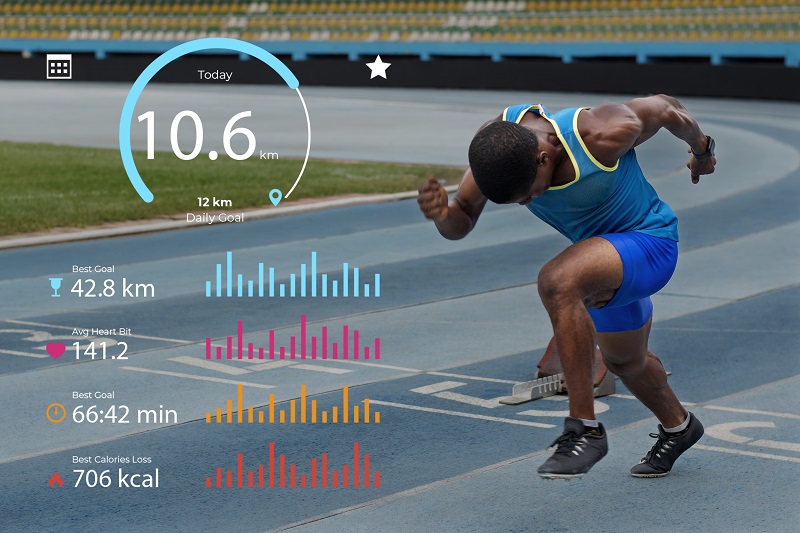
Why Every Gym Needs a Strength & Conditioning Coach
Introduction: The Modern Gym Needs More Than Equipment
Most gyms today have everything — shiny machines, supplements on shelves, playlists on loop. But many still lack the most valuable asset of all: a qualified Strength & Conditioning (S&C) Coach.
Behind every successful athlete and high-performing gym is a coach who understands how the body truly adapts to stress. Not just a motivator — a professional trained in science, safety, and performance optimisation. If your gym doesn’t have one, it’s not just missing an employee. It’s missing a competitive edge.
1. The Role of a Strength & Conditioning Coach
An S&C coach is not just a “trainer.” They’re an expert in human performance — specialising in strength development, injury prevention, conditioning, and movement efficiency.
Their role includes:
-
Designing periodised training programs for athletes and clients.
-
Teaching biomechanically sound lifting techniques.
-
Managing fatigue, recovery, and load progression.
-
Coordinating testing, data collection, and performance analysis.
Where a general trainer helps people exercise, an S&C coach helps people perform.
“A gym without an S&C coach is like a clinic without a physiotherapist — incomplete.”
— NASC Professional Standard
2. From Fitness to Performance: A Shift in Gym Culture
In Malaysia, gym culture is evolving rapidly. Members aren’t just chasing aesthetics — they want to be stronger, faster, and more functional. This shift demands a higher standard of coaching. An S&C coach bridges the gap between fitness and sport science, bringing professional structure to:
-
Athlete development programs
-
Rehabilitation support
-
Youth training safety
-
Corporate performance and wellness systems
The gym becomes more than a workout space — it becomes a performance centre.
3. The Science Advantage: Data, Not Guesswork
S&C coaches don’t rely on trial and error. They use data to design and refine programs.
Examples of performance tracking include:
-
1RM testing for strength progression.
-
Jump or sprint analysis for power and speed.
-
Velocity-based training (VBT) for load accuracy.
-
Heart rate and HRV monitoring for recovery status.
This scientific approach ensures every session has purpose — and every improvement is measurable.
Result: Fewer injuries, faster gains, and better retention for gym members.
4. Injury Prevention: The Hidden ROI
Injury is the silent business killer of gyms and sports programs. When clients get hurt, they stop training — and trust is lost. A qualified S&C coach reduces injury risk by:
-
Teaching proper movement mechanics.
-
Structuring safe load progression.
-
Balancing mobility, stability, and strength work.
-
Implementing evidence-based warm-up and recovery protocols.
That means fewer setbacks, fewer cancellations, and more long-term members.
“Safety isn’t the absence of risk — it’s the presence of intelligent design.”
— NASC Education Division
5. Elevating Gym Credibility
Having a certified S&C coach instantly raises a gym’s professional standard. It signals to members, parents, and partners that training here is guided by knowledge, not guesswork. Gyms that employ NASC-certified coaches can:
-
Market themselves as science-backed training centres.
-
Host official NASC testing and workshops.
-
Collaborate with local sports teams and academies.
-
Build stronger relationships with universities and sports bodies.
This professional credibility becomes a unique selling point in an overcrowded fitness market.
6. The NASC Certification Pathway
To maintain consistency and quality across Malaysia, NASC has developed a multi-level certification pathway:
| Level | Qualification | Focus Area |
|---|---|---|
| Level 1 | Certified Fitness Instructor (CFI) | Foundations of exercise science & instruction |
| Level 2 | Certified Strength Trainer (CST) | Program design, load management, strength systems |
| Level 3 | Certified Performance Coach (CPC) | High-performance programming, athlete monitoring |
| Level 4 | Certified Research Coach (CRC) | Data analysis, research application, advanced leadership |
Each stage equips coaches with the technical, analytical, and ethical standards required for professional practice. This structure ensures that every NASC-certified coach contributes to Malaysia’s coaching ecosystem — not just a single gym.
7. The Business Case: Why It Makes Financial Sense
Hiring an S&C coach is not a cost — it’s an investment multiplier.
Benefits include:
-
Improved client retention through measurable results.
-
Higher member satisfaction from structured training.
-
Lower injury-related cancellations or refunds.
-
New income streams (athlete testing, team programs, corporate fitness).
Gyms that adopt a data-driven, performance-based model often outperform purely commercial fitness centres in both reputation and retention.
Conclusion: From Gym to Institution
Every serious gym owner eventually faces a choice — stay as a facility for workouts, or evolve into a centre of performance excellence. The difference lies in having qualified, certified S&C professionals who can apply science, manage safety, and inspire results. At NASC, we believe the future of Malaysian fitness depends not on more gyms, but on better coaches. Because great equipment doesn’t build champions — great coaching does.



